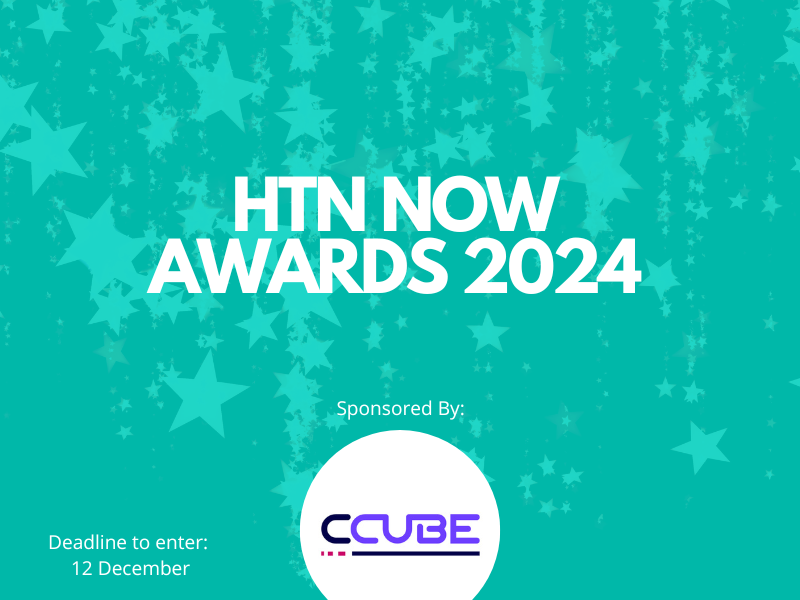The NHS Five Year Forward View set out a shared vision for the future of the NHS based on ‘new models of care’, and once again highlighted the importance of breaking down the traditional divide between primary care, community services and hospitals. It is an aspiration that is as old as time. The need to shift care out of hospitals and nearer to patients’ homes is both well-established and well-understood. The drivers for change – broadly the need to reduce the financial and physical strain on the service and to improve patient experience – are particularly resonant in diabetes. It is well-documented that the NHS spends around £8 billion a year treating the complications of diabetes[1], in addition to the inherent costs of managing the disease itself. That is a huge percentage of the NHS budget. It is therefore no surprise that health leaders and policymakers have identified diabetes as a key focus area for more effective community services. The opportunity to make a real difference is, quite literally, in our hands.
Evidence suggests that the past decade has seen terrific efforts across the NHS to provide diabetes care outside of hospitals. Patients are increasingly being seen in – or near to – their homes by community Diabetes Specialist Nurses and GPs with a Special Interest (GPwSIs).
There are great examples of community-based diabetes services up and down the country that are delivering high-quality care. However, as a recent Care Quality Commission (CQC) report into community diabetes care reveals, there is still great variability at local level. Moreover, although patients’ experiences of community diabetes services are largely good, care is not always responsive to individual needs.
One of the major barriers to optimal community diabetes services is a long-standing Achilles’ heel within the NHS: the common inability for healthcare professionals to access vital patient information across clinical settings. This not only affects continuity of care and disrupts the patient experience, it can also compromise health outcomes. In the worst cases, sub-optimal decision-making based on an incomplete view of a patient’s health can, ironically, culminate in an avoidable hospital admission – the very problem community services are set up to address.
If we are to reach the utopia of joined-up care, healthcare professionals need to be empowered by access to the best information available. In the field of diabetes, where mismanagement can lead to serious complications like heart disease, stroke, blindness and amputation, that need has never been greater. As community diabetes services grow in number, DSNs and GPwSIs cannot afford to be hamstrung by a lack of access to crucial information that is routinely collected elsewhere along the patient journey.
The solution, however, is not beyond us. In fact, we live with it every day. Mobile communication is now stitched into the fabric of 21st Century society – driven by a pervasive technology that we barely notice. Fortunately, the NHS is beginning to take advantage of it. As diabetes specialists demand greater connectivity with their teams in the community, smartphone technology can help DSNs and GPwSIs become more informed and responsive in community settings.
These new tools, which are accessible via standard mobile devices to deliver a familiar, intuitive user experience, bring much-needed connectivity and agility to diabetes teams. Trusts should be using them to collect and share information across clinical settings and, in the process, can improve the quality of diabetes care in the community. Since the mobile interface typically integrates with the diabetes management system used within the hospital, multidisciplinary teams can also use them to help unlock Best Practice Tariff funding, reduce administrative overheads, improve productivity and increase time with patients.
The mobile approach is a quantum leap from traditional methodologies. The most common sees community diabetes teams make paper-based notes during patient consultations and then input them to the diabetes management system when they next have a secure connection. This approach is slow, inefficient and prone to transcription error. Moreover, post-consultation administrative tasks deprive HCPs of valuable time with patients. In many cases, HCPs’ manual notes are often scribbled on patient records that have been printed off in advance and taken out of the hospital, which is neither secure nor auditable. Mobile technology overcomes all of these challenges.
Nonetheless, the NHS has been understandably cautious around the issue of sharing sensitive and confidential patient information across clinical settings. However, with the Five Year Forward View promising interoperable electronic health records and a paperless NHS by 2020, local NHS organisations are now compelled to explore new, secure ways to harness the information revolution.
The use of mobile tools to support diabetes community services does not expose Trusts to the risk of a data security breach. The most effective tools allow community teams to download their patient lists at the start of their day and then lock the records on the central system so that they cannot be updated by anyone else whilst community visits are taking place. Teams are then able to carry out their consultations in the community, add the appropriate notes to patient records in real time, and then synchronise the updates back to the diabetes management system when they next have a secure connection.
The application of mobile technology to diabetes community services can drive major productivity and efficiency gains across local health economies. In a health service striving to be more patient-centred, the technology removes the need for patients to explain their entire history to HCPs, simply because the latter have no access to the patient record. This aspect alone can significantly improve the patient experience.
Fundamentally, the use of mobile tools in diabetes community services will have its biggest impact where it matters most: patient care. Real-time access to patient information at the point of care not only empowers community-based diabetes professionals, it helps them make the most appropriate treatment decisions that can alleviate avoidable hospital admissions and enhance health outcomes. For truly joined-up care in diabetes, it is time to get upwardly mobile.
[1] http://www.nhs.uk/news/2012/04april/Pages/nhs-diabetes-costs-cases-rising.aspx




